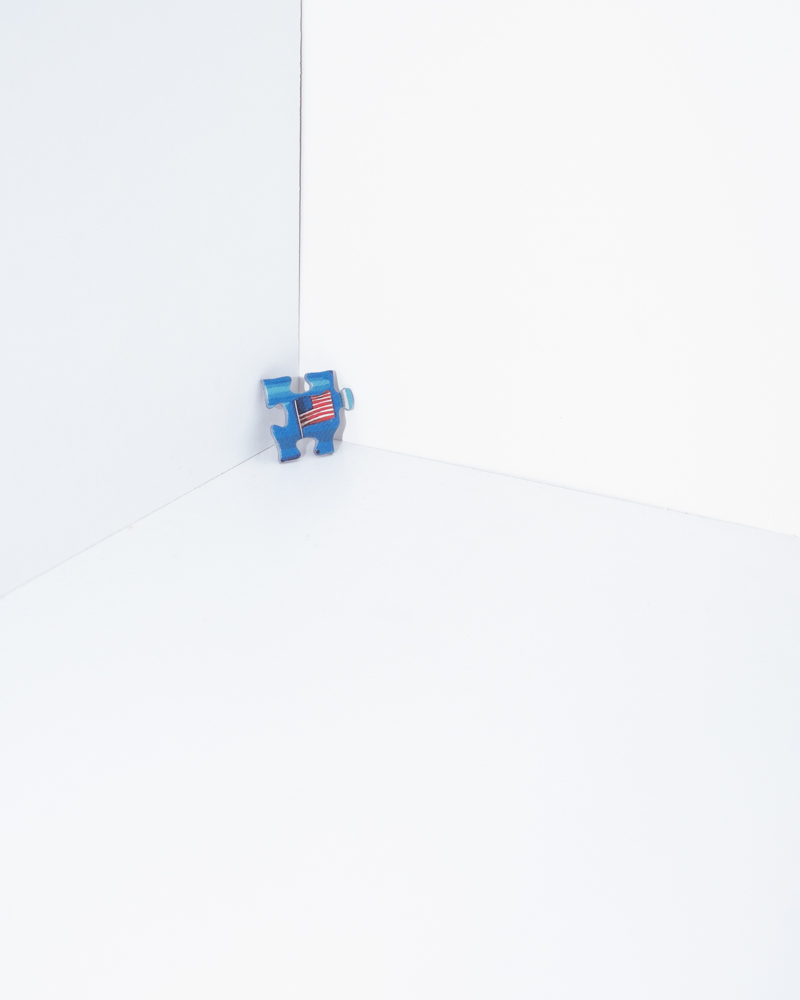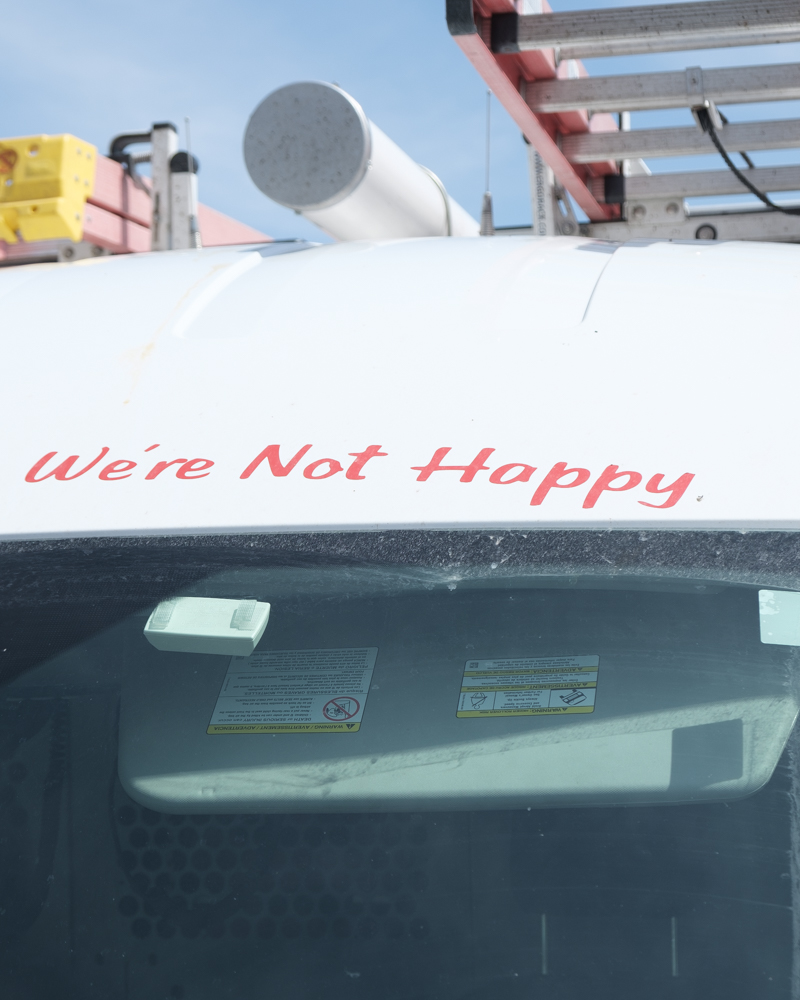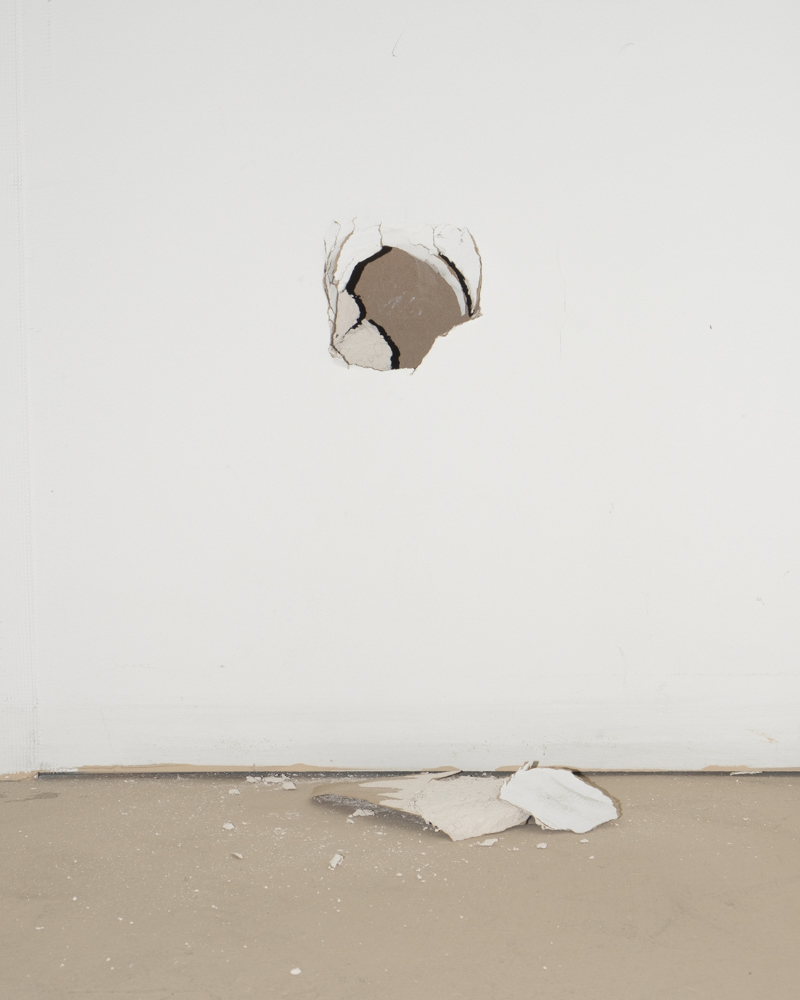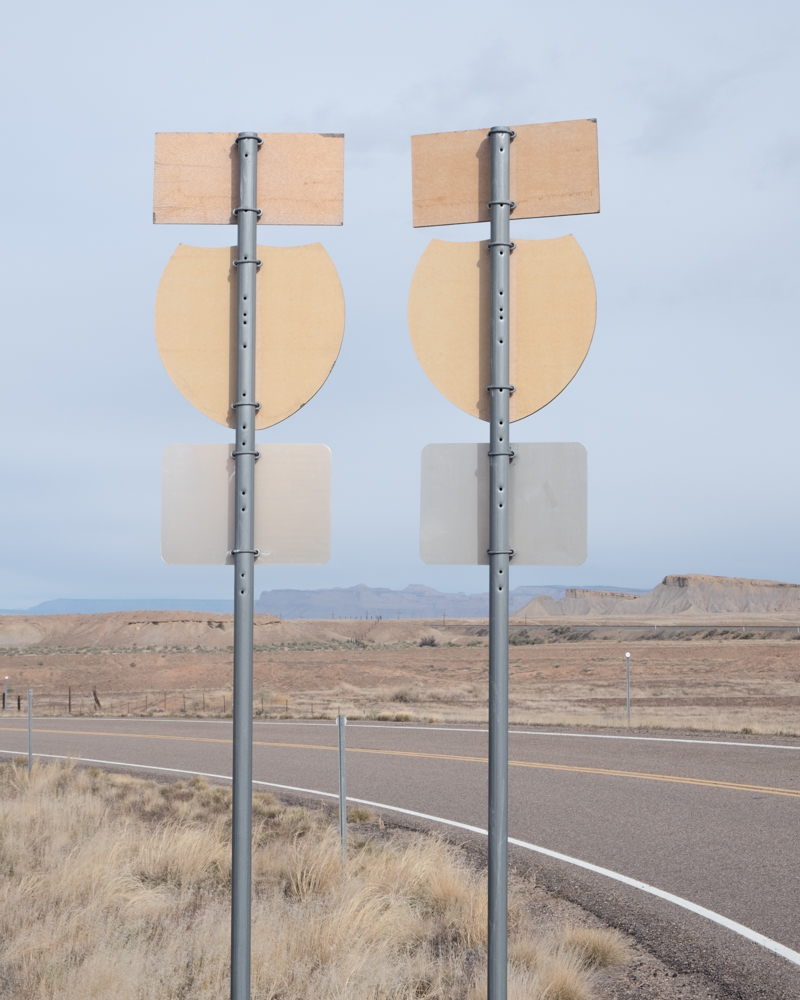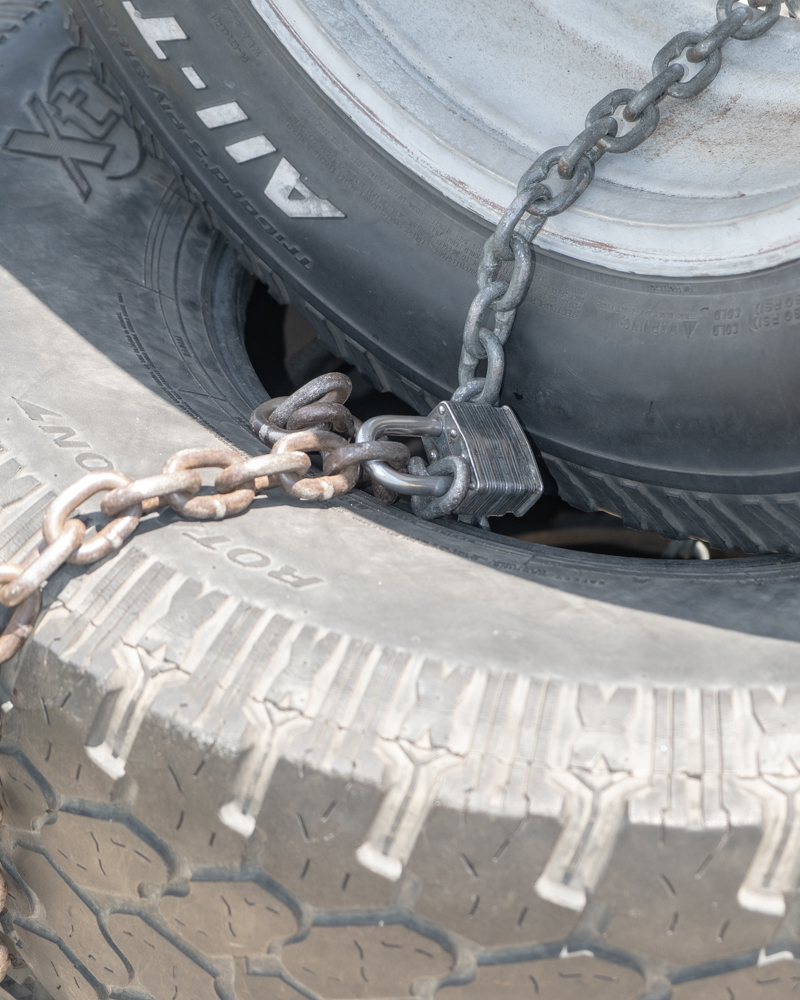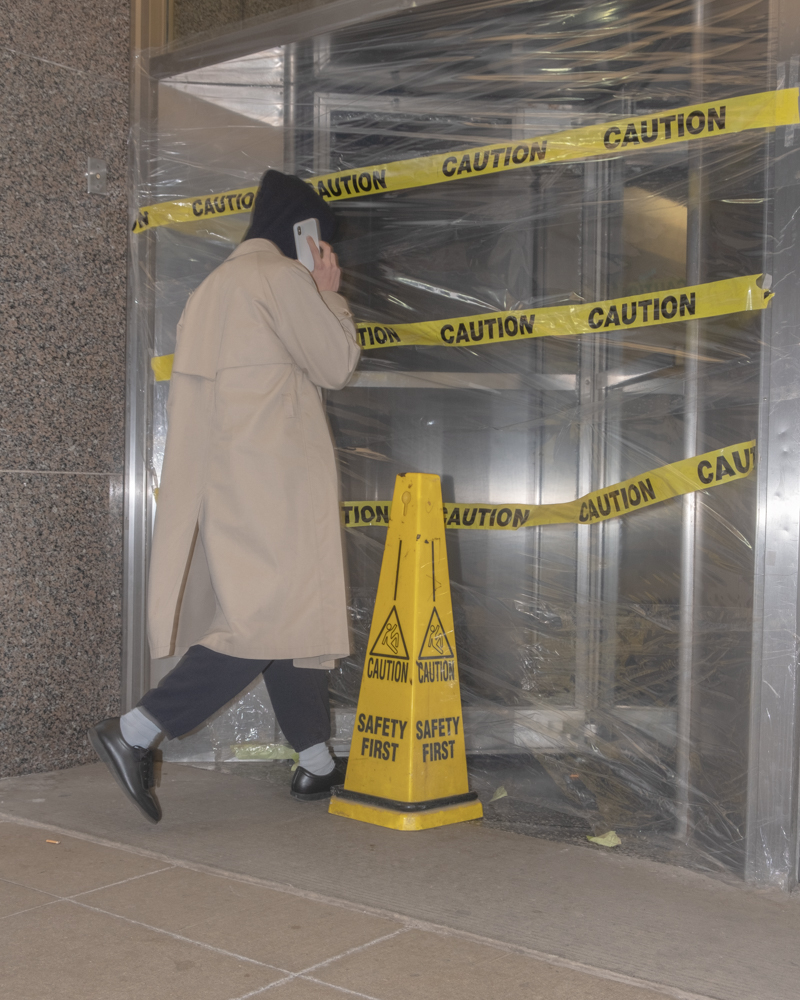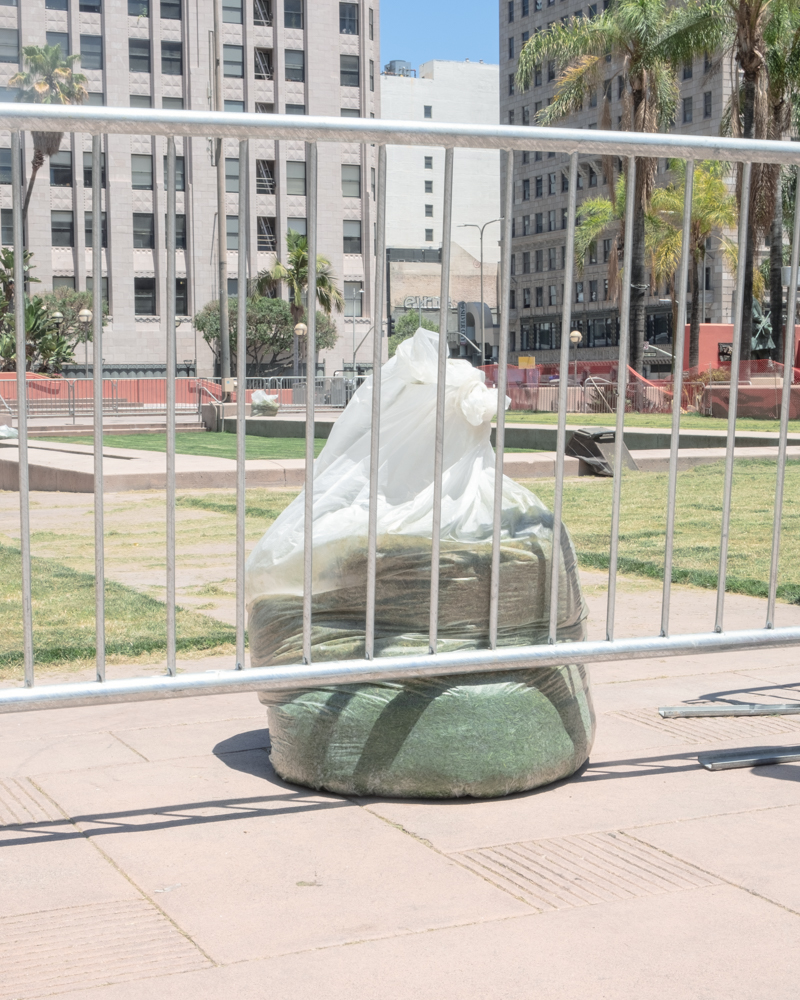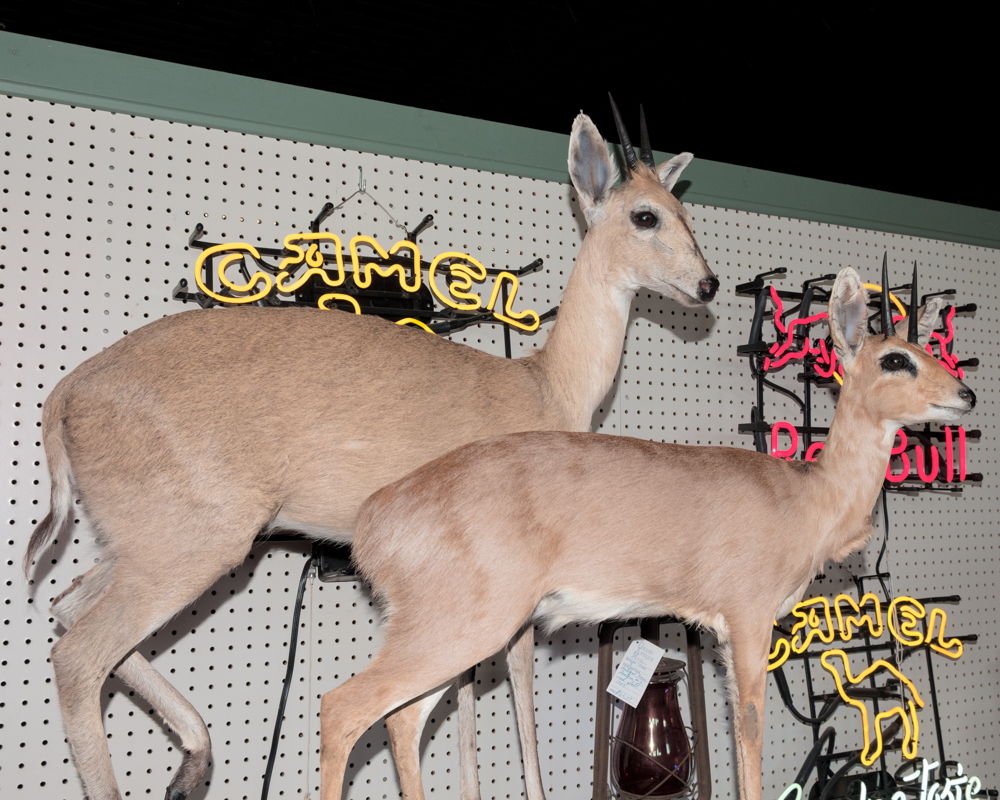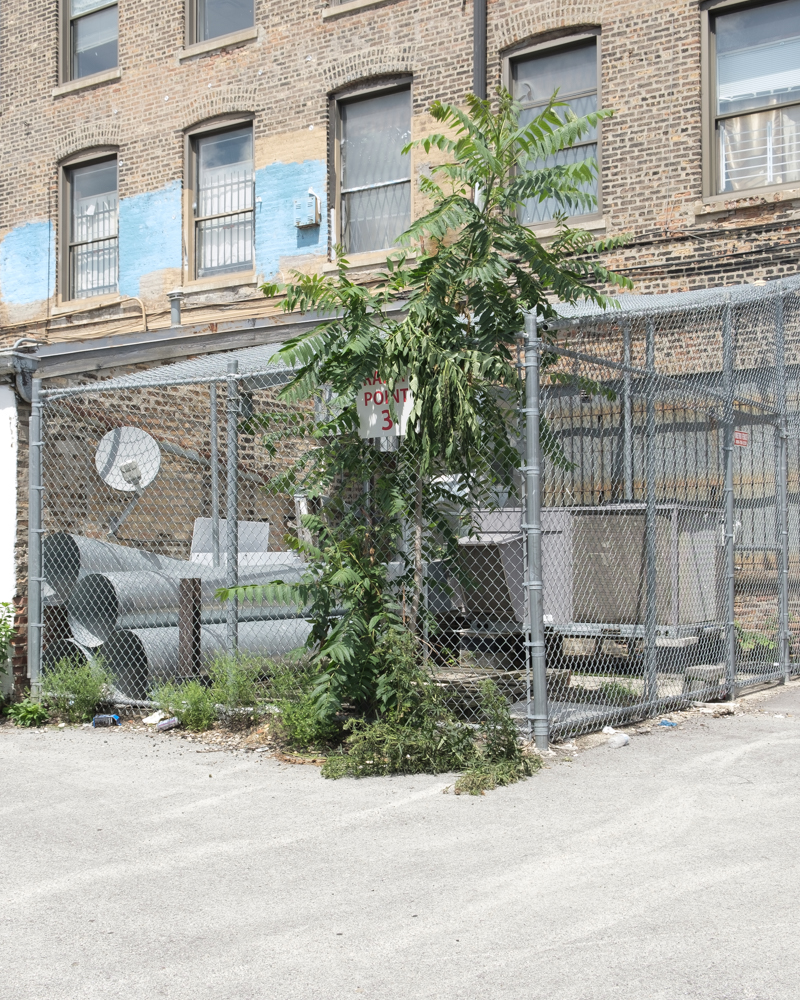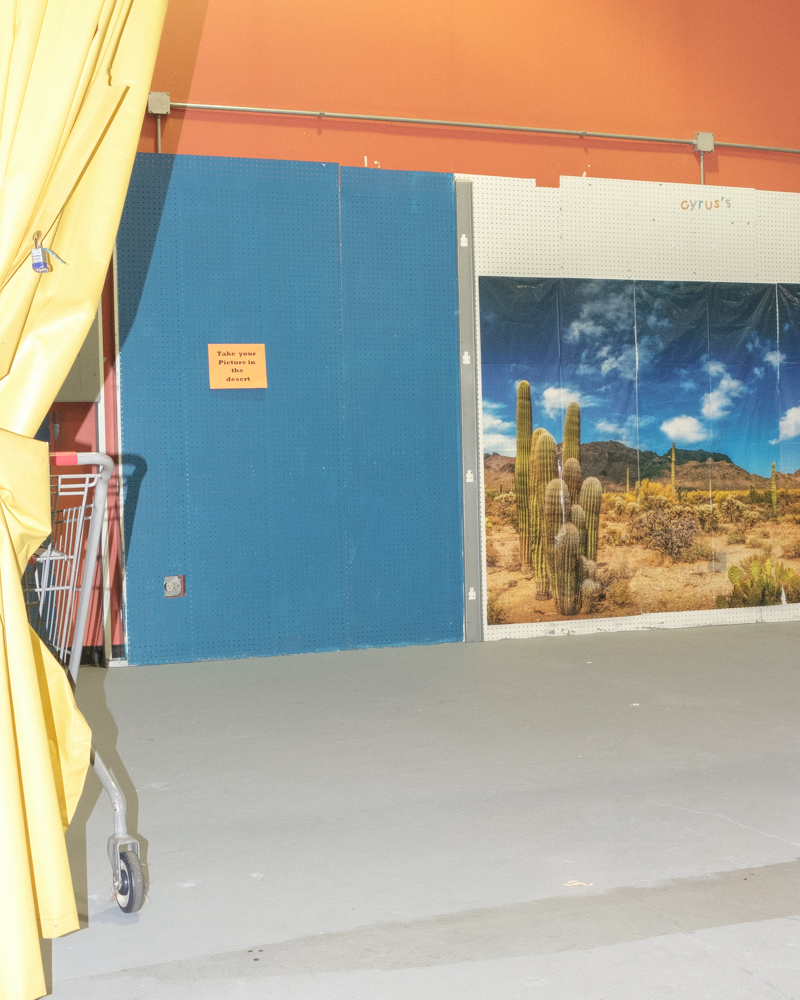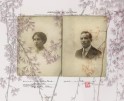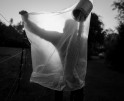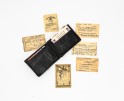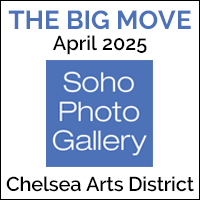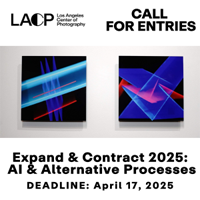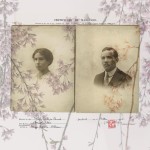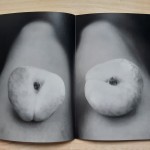Tristan Martinez: For Name Sake
Projects featured this week were selected from our most recent call-for-submissions. I was able to interview each of these artists to gain further insight into the bodies of work they shared. Today, we are looking at the series For Name Sake by Tristan Martinez.
Tristan Martinez (b. 1996 in Los Angeles, California) is an artist working in photography whose projects focus on the aesthetics of late stage capitalism while exploring themes of isolation, accessibility, and representation. Through digital manipulation and image sequencing, Tristan constructs ambiguous narratives that transcend individual identity and defy direct placement. Hyper focused on the banal aspects of daily life, his images challenge the viewer to make sense of what it is they are looking at and how that perception allows for meaning to form. Tristan received a BFA in photography from The School of the Art institute of Chicago in 2020. Living and working in New York, Tristan is collected by The Joan Flasch Artists’ Book Collection and has shown nationally and internationally. Tristan’s work is currently featured in a group show “It’s Right There In Front of You” with DownTown 500 at the Garver Feed Mill in Madison, Wisconsin on view until October 3rd. His hand Riso printed phonebook, Heads, is available for purchase on his website.
For Name Sake
The photographs in For Name Sake depict scenes from the western half of the United States that offer a critique of the American Dream. These images are intended to provoke the question, “what is next”? With a failing government structure and a shrinking middle class, does the American Dream exist? Did it ever exist? Or was it always just a mirage that got numbers of people to devote their lives to a labor force that benefits the one percent? Focusing on the imagery of corporate structures rather than the individual, For Name Sake confronts the notion of buying into the machine of capitalism and the understanding that the American Dream is purchased. The images are ambiguous, stripped of context and place, offering a satirical play on notions of capitalism and assimilation. Informed by photographic history, and photographers like Chris Maggio and Christopher Williams, these images play up their banality in order to establish a critique through the use of irony.
Daniel George: How did this project begin? And what brought about your interest in creating a body of dealing with topics such as a shrinking middle-class in the United States?
Tristan Martinez: I had just finished photographing for my second self-published book, titled Heads. As I was transitioning from a body of work that was slightly trivial and lighthearted I began to question how what I was photographing could relate to my reference point in life. Looking at the national debt, sociopolitical movements, and the looming student loan debt that was soon to become my reality gave me a nihilistic perception of how the greater American population is treated. I think I was interested in a body of work that gave voice to the uncertainty of being middle class in a way that was conceptually thought out, but still aesthetically appealing.
DG: Why did you decide to focus on the American West, as opposed to the entire country in general? What does it offer your creative vision?
TM: I focused on the American middle West to West coast primarily out of immediate access. Additionally, the West serves as a background to my upbringing and as well as a vignette to the artists that I grew up seeing in exhibits and Museums in Los Angeles. The familiar aesthetics of artists like Ed Ruche, Stephen Shore, and Alexander Hernandez serve as a reference point to the aesthetics of my work. By photographing the West I can visually place myself in their canon.
DG: One aspect of your photographs that caught my attention is the focus on the mundane. What is your interest in these quotidian vignettes?
TM: I wouldn’t say that my attention is focused on the mundane, but rather that I make enigmatic and ethereal photographs of the mundane. I am interested in the ambiguity that is held in the mundane and the feeling of something to come or the feeling of something that has just passed. We all experience these moments, but can hardly place them. For me gathering the mundane and piecing its fragments together is a way to make sense and give a narrative to them.
DG: Tell me more about your use of irony, and why you chose that approach in your evaluation and critique of the “American Dream.”
TM: The things that I’m drawn towards in photography are the ironic. The thing that just sticks out like a sore thumb that you can’t help but notice or even at times laugh at. The use of irony in context to the American Dream nearly goes hand in hand. I think that we take ourselves too seriously and to combat that I point them out.
DG: Throughout the time spent working on this project, I’m curious how you might answer the question posed in your artist statement, “what is next?”
TM: “What is next?” Serves as a question regarding the politically charged topics that I address in this body of work, and also served as a question to myself in the fluidity of my artistic practice. Through the emergence of this pandemic the question, “What is next?” Has been brought to the front of everyone’s minds. I think the holes that have been masked by the idea of the American Dream are being poked out. The American public is truly calling out for equality and a society that holds itself economically and socially accountable.
Posts on Lenscratch may not be reproduced without the permission of the Lenscratch staff and the photographer.
Recommended
-
Riley Goodman: Art + History Competition Honorable Mention WinnerApril 4th, 2025
-
Rachel Nixon: Art + History Competition Honorable MentionApril 3rd, 2025
-
Oleksandr Rupeta: Art + History Competition Second Place WinnerApril 1st, 2025
-
Jared Ragland: Art + History Competition First Place WinnerMarch 31st, 2025
-
BEYOND THE PHOTOGRAPH: Researching Long-Term Projects with Sandy Sugawara and Catiana García-KilroyMarch 27th, 2025

